Comprehensive Health Benefits of Qigong
One of the stated purposes of A Comprehensive Review of Health Benefits of Qigong and Tai Chi was to evaluate the evidence for a broad range of health benefits for both modalities using only randomized controlled trials (RCTs). RCTs are often referred to as the gold standard for evaluating the effectiveness of interventions in the scientific community as the randomized controlled trial is the most scientifically rigorous method of hypothesis testing available. 163 different physiological and psychological health outcomes were identified from the RCTs that were selected and most were grouped into the following: bone density (n=4), cardiopulmonary effects (n=19), physical function (n=16), falls, balance and related risk factors (n=23), quality of life (n=17), self-efficacy (n=8), patient reported outcomes (n=13), psychological symptoms (n=27), and immune- and inflammation-related responses (n=6). This comprehensive review of randomized controlled trials demonstrates consistent, significant results for a number of health benefits from the practice of Qigong or Tai Chi. Listed below are some of the health benefits experienced by Qigong participants during the RCTs as well as an abstract of the review.
Health Benefit Highlights
Favorable effect on bone health as bone mineral density increased for women following Qigong exercises as compared to no-exercise controls
Significant reduction in blood pressure among Qigong participants was observed when compared to inactive control groups (e.g., usual care, educational classes, or wait-list controls)
Significant decrease in anxiety was observed among participants practicing Qigong compared to an active exercise group
Significant improvement in depression was observed among participants engaged in Qigong practice when compared to an inactive control
In one study examining blood markers (e.g., norepinephrine, epinephrine and cortisol) related to stress response, levels were significantly decreased in response to Qigong compared to a wait-list control group
Manzaneque et al. reported improvements in a number of immune-related blood markers, including total number of leukocytes, number of eosinphils, and number and percentage of monocytes, as well as the complement C3 levels following a 1-month Qigong intervention compared to usual care
Antibody levels in response to flu vaccinations were significantly increased among a Qigong group compared to usual care
An important marker of immune inflammation, Interleukin-6 was found to be significantly modulated in response to practicing Qigong, compared to a no-exercise control group
With a few exceptions, the preponderance of studies indicate that Qigong and Tai Chi hold great potential for improving quality of life (measures of a person’s perceived physical health, psychological state, personal beliefs, social relationships and relationship to relevant features of one’s environment) in both healthy and chronically ill patients.
A Comprehensive Review of Health Benefits of Qigong and Tai Chi
Roger Jahnke, OMD, Linda Larkey, PhD, Carol Rogers, Jennifer Etnier, PhD, and Fang Lin
American Journal of Health Promotion. 2010 JUL-AUG; 24(6): e1–e25.
www.ncbi.nlm.nih.gov/pmc/articles/PMC3085832/
Abstract
Objective
Research examining psychological and physiological benefits of Qigong and Tai Chi is growing rapidly. The many practices described as Qigong or Tai Chi have similar theoretical roots, proposed mechanisms of action and expected benefits. Research trials and reviews, however, treat them as separate targets of examination. This review examines the evidence for achieving outcomes from randomized controlled trials (RCTs) of both.
Data Sources
The key words tai chi, taiji, and qigong were entered into electronic search engines for the Cumulative Index for Allied Health and Nursing (CINAHL), Psychological Literature (PsychInfo), PubMed, Cochrane database, and Google Scholar.
Study Inclusion Criteria
RCTs reporting on the results of Qigong or Tai Chi interventions and published in peer reviewed journals published from 1993–2007
Data Extraction
Country, type and duration of activity, number/type of subjects, control conditions, and reported outcomes were recorded for each study.
Synthesis
Outcomes related to Qigong and Tai Chi practice were identified and evaluated.
Results
Seventy-seven articles met the inclusion criteria. The 9 outcome category groupings that emerged were: bone density (n=4), cardiopulmonary effects (n=19), physical function (n=16), falls and related risk factors (n=23), Quality of Life (n=17), self-efficacy (n=8), patient reported outcomes (n=13), psychological symptoms (n=27), and immune function (n=6).
Conclusions
Research has demonstrated consistent, significant results for a number of health benefits in RCTs, evidencing progress toward recognizing the similarity and equivalence of Qigong and Tai Chi.
Keywords: tai chi, taiji, meditation, qigong, mind body practice, meditative movement, moderate exercise, breathing, bone health, quality of life, inflammation, immune system benefits, decrease in blood pressure, decrease in stress, anxiety and depression

